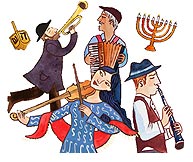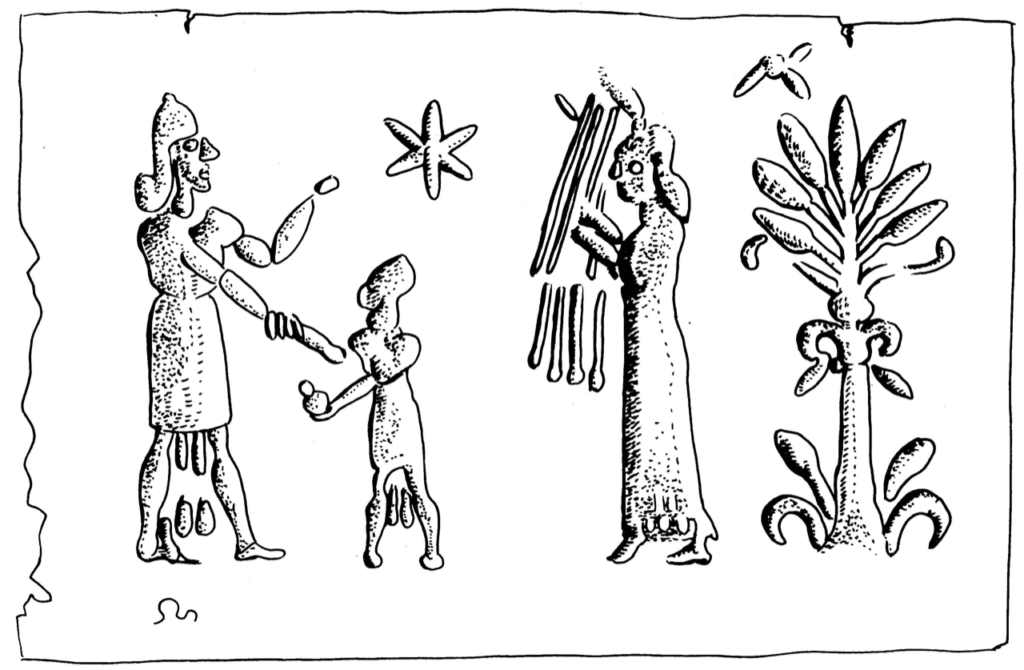
In Hebrew, there is little doubt that the prophets were dancing in some sort of enraptured way. They would be preceded by a psaltery, a tabret, a pipe, and a harp. In I Samuel 10:5, for example, Samuel tells a newly anointed King Saul that he would meet a company of prophets coming down from the high place. Some of the Old Testament prophets experienced ecstatic dance as part of the intimacy of their relationship with God. The only way they could determine the value of the ring was through weight, which would be altered. They danced as they made their way to Zion (Isaiah 30:25). Types of dances for which there were specific words including striding dance (hbi). In ancient times, the ring was considered the object of value or purchase price of the bride. Pilgrims were led up to Jerusalem by flutes and pipes and timbrels played by the women. The procession, as a primary type of Hebrew dance, was a part of major festivals such as Passover. A good illustration of the differences is the word anger which, from a modern perspective, is an abstract idea. However, each Hebrew word is related to a concrete idea, a substance of action.

In Judges Chapter 11, we see an example of a dance of hospitality or greeting as Jepthah’s daughter welcomed her father home. An abstract is a word or thought that cannot be related to one of the five senses hearing, sight, touch, smell and taste. I Samuel 18:6 shows us an example of this type of dancing: “and it came to pass as they came, when David was returned from the slaughter of the Philistine, that the women came out of all cities of Israel, singing and dancing, to meet King Saul, with tabret, with joy and with instruments of music.” Whenever Israel won in battle, dance was a primary expression of gratitude to the Lord and a testimony to other nations that the God of Israel was the true God. In Judges 21:19-23 we are told that the maidens of ancient Israel went up to Shiloh each year for the Lord’s Feast to “dance in dances” (la-CHUL-bim-cho-LOT) before the Lord. Jewish Traditions Dance included ritual dances, harvest dances, wedding dances, dances for warfare, victory dances, even dances at the digging of wells (Numbers 21:17). After studying in Austria and Germany, Cohen began developing her dance career in the early 1930s in Mandatory Palestine by creating and. Modern Hebrew phonology is based on that of Sephardic Hebrew, while the Yemenite dialect that developed in the Middle Ages is probably closest to the phonology of Ancient Hebrew.

JudaismHistorically, animal sacrifice was central to ancient Jewish worship. one of the founding mothers of Hebrew dance. Hebrew is the only language to have been revived as the mother tongue of millions after a period of having no native speakers. Let them praise His name in the dance.” Again, in Psalm 150:4 we read: “Praise Him with the timbrel and dance.” The ancient Israelites obeyed the Word of the Lord. Ancient GreeceAncient Greeks would commonly sacrifice bulls, goats, and sheep to various gods or goddesses.

He told them the following through King David in Psalm 149:2-3: “Let Israel rejoice before Him who made her, let the children of Zion be joyful in their King. In the Holy Scriptures, God exhorts His people time and time again to worship Him in the dance.


 0 kommentar(er)
0 kommentar(er)
